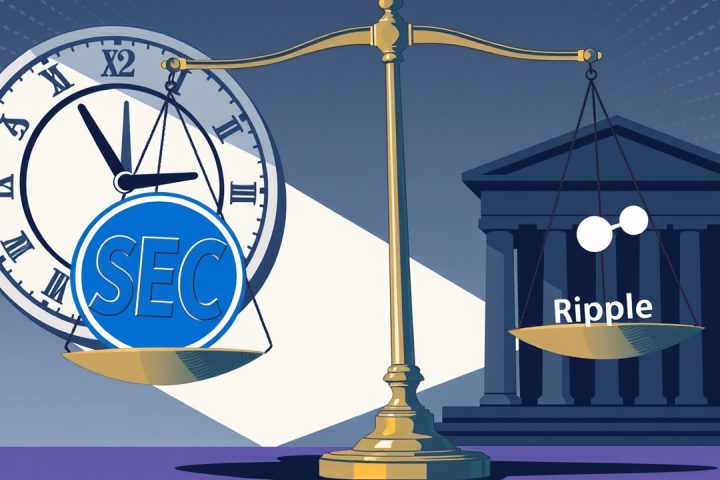Introduction to the Blockchain Solution
In a significant move for traditional banking, Custodia Bank and Vantage Bank have unveiled an innovative blockchain solution designed to facilitate tokenized deposits and stablecoin functionalities. This initiative aims to empower conventional banks to enhance their digital asset offerings. Announced in a press release dated October 23, the collaboration features a comprehensive “turnkey accretive solution” that seamlessly integrates these digital tools into the existing online banking frameworks of financial institutions.
Understanding Tokenized Deposits
Tokenized deposits are essentially digital forms of traditional bank deposits, securely recorded on a blockchain. The platform created through this partnership employs a unique, patent-protected technology allowing banks to issue digital tokens that represent both tokenized deposits and stablecoins. This approach harnesses blockchain’s inherent advantages, such as speed and reduced costs, while enabling banks to retain complete control over their operations, thus mitigating concerns about losing their intermediary role.
Custodia and Vantage Bank Collaboration
Custodia, which operates out of Wyoming, is particularly well-suited for this venture as it holds a permit to issue payment stablecoins under the GENIUS Act. The collaboration with Texas-based Vantage Bank not only invites other banks and credit unions into a collective effort to secure deposits through tokenization but also ensures they maintain full ownership of their digital wallets for both types of tokens.
Security and Compliance
The digital wallets are integrated with Custodia’s robust blockchain infrastructure, which has attained SOC 2 Type II compliance—a recognized benchmark for data security standards established by the American Institute of Certified Public Accountants (AICPA). This certification signifies that Custodia’s internal security controls meet rigorous guidelines.
Leveraging Infinant’s Payment Network
Additionally, the innovation leverages Infinant’s Interlace payment network, enabling institutions of various sizes to issue and manage compliant digital tokens effectively. The development of this platform began earlier in 2023 and has undergone successful pilot trials that showcase its real-life applications, such as cross-border transactions, efficient supply chain settlements, and adaptable payroll solutions for businesses in the service sector.
Regulatory Context and Industry Concerns
The introduction of the tokenization solution comes against a backdrop of discussions among major U.S. banking organizations regarding the GENIUS Stablecoin Act. Earlier this year, associations like the American Bankers Association voiced concerns that the legislation might unintentionally allow crypto platforms to offer enticing yield-based incentives, potentially diverting deposits from conventional banks. They highlighted that, while the Act prohibits stablecoin issuers from paying interest, it doesn’t explicitly prevent exchanges from offering reward structures linked to stablecoin holdings.
Response from the Cryptocurrency Sector
Responding to these concerns, Coinbase, a prominent U.S. cryptocurrency exchange, argued that the worries expressed by banks stem from a desire to safeguard their significant revenue generated by payment processing fees.




